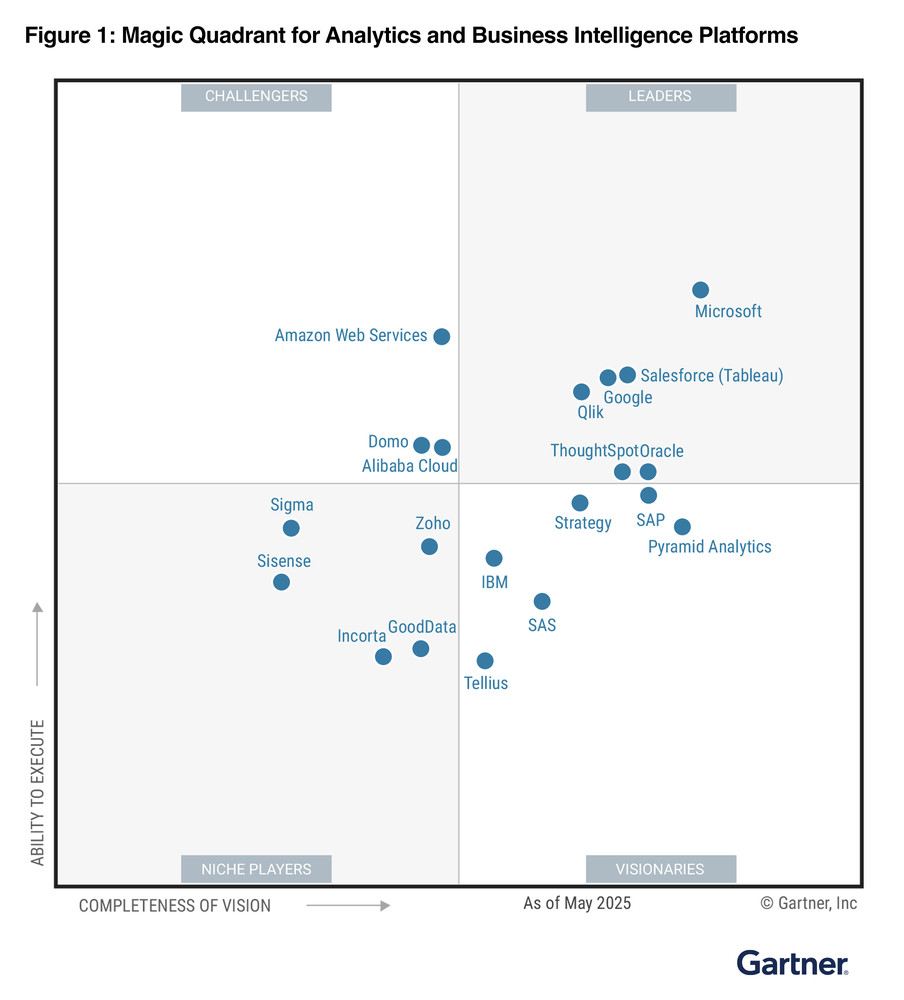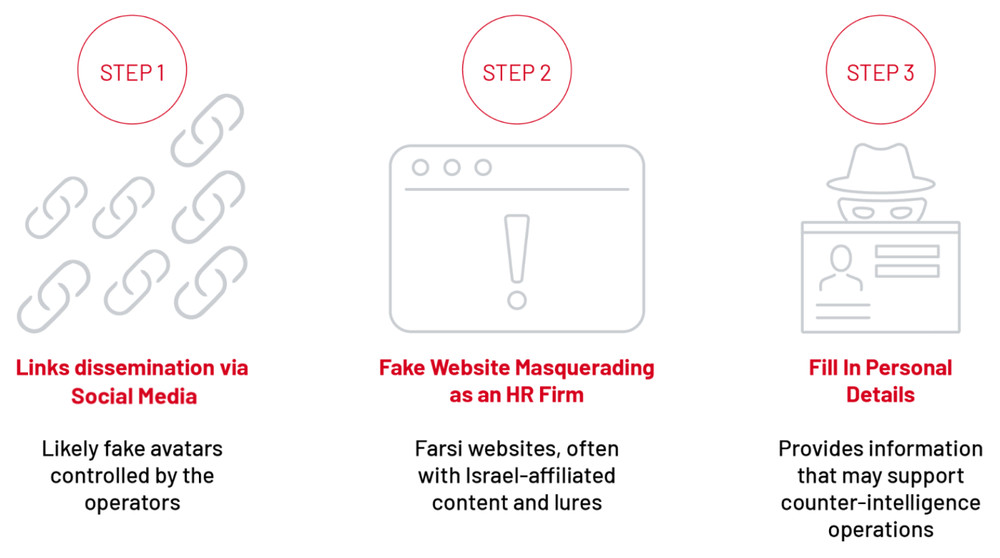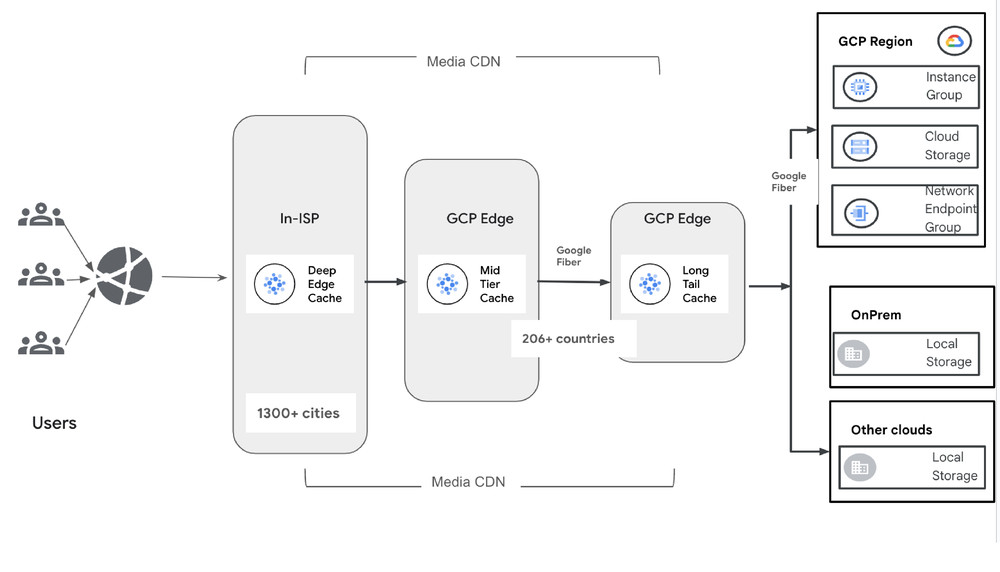We are pleased to share that Gartner® has named Google a Leader in the 2025 Magic Quadrant™ for Analytics and Business Intelligence, for the second consecutive year. We believe this validates our strategy of delivering a comprehensive BI platform for self-service and governed environments that’s accessible to entire organizations through natural language, and backed by trusted data enabled by a semantic modeling layer.
Download the complimentary 2025 Gartner Magic Quadrant for Analytics and Business Intelligence Platforms.
Generative AI has redefined what a business intelligence platform can offer. In the past year, we introduced Conversational Analytics, a new way for people in all parts of your organization to talk with their data and get answers, using simple, natural language, while also delivering many AI-powered capabilities to the Looker platform, including slide generation, formula creation and more. We also set the stage for AI agents grounded in truth with Looker’s trusted metrics, expanded our semantic layer to new third-party providers, introduced Looker reports for Google-easy dashboarding, and debuted continuous integration to help developers build and test faster.
The goal: infusing trusted data into a company’s every workflow and decision.
The generative AI revolution in BI
The deep integration of Google’s foundational Gemini models into the Looker platform has ushered in a new era of AI-powered business intelligence, making data exploration and analysis more accessible and insightful than ever before.
The AI-powered capabilities that we introduced in the past year are fundamentally changing how users interact with their data:
-
Conversational Analytics: Users can now ask complex questions of their data in natural language and instantly receive intelligent, visualized answers. This empowers business users to self-serve their data needs without writing a single line of code, freeing up data teams to focus on more strategic initiatives.
-
Code Interpreter in Conversational Analytics translates your natural-language questions into Python code, and executes that code to provide advanced analysis and visualizations. This helps with more complex scenarios, such as “what if” questions, period-over-period growth analysis and more.
-
AI-powered development: Every action in the Looker platform is powered by Google’s Gemini models, accelerating all of your BI actions, from writing and debugging LookML, developing robust and reliable data models, to building new reports and slides.
-
Automated slide generation and formula creation: With Google’s latest Gemini models, Looker re-envisions the way you create and share information in the AI age. You can create Google Slides presentations with insightful chart summaries in seconds, or tap into the formula assistant to build calculated fields that leverage metrics and dimensions based on your own unique data.
Looker agents, leveraging the Conversational Analytics API, will soon be available in Agentspace, providing a central repository for discovery and access so they are simple to deploy and manage.
Google-easy data storytelling with Looker reports
Building on our commitment to flexible and powerful data visualization, we introduced a new, more intuitive Looker reports experience. This reimagined reporting capability provides a beautiful and collaborative canvas for data exploration and storytelling, complete with:
-
Enhanced visualization capabilities: New chart types and customization options give users more control over how they present their data to tell compelling narratives.
-
Simplified, collaborative workflows: The new reporting interface makes it easier than ever to build, share, and collaborate on reports, fostering a more inclusive data culture.
-
Responsive canvas: Reports are now more responsive, for a smooth viewing experience across screen sizes for devices ranging from desktops, to tablets, to mobile.
Empowering developers and embedded experiences
At Looker, we know the only limitations on developer creativity are those you set on yourself. That is, unless tools get in the way. With that in mind, we continue to invest heavily in the developer experience.
Our new Conversational Analytics API allows you to embed natural-language querying directly into your applications and workflows, unlocking a new level of interactivity and user engagement for embedded analytics experiences. When applied in combination with Looker Embedded and the emerging Model Context Protocol (MCP) standard, developers can now build and design custom conversational agents for BI for their own applications and innovations.
Agentspace will serve as a centralized hub for managing and sharing Looker agents, enhancing discoverability and simplifying deployment. With this approach, teams can quickly leverage AI-powered insights and share agents across teams, promoting a more data-driven culture. And with the Agent Development Kit announced at Google Cloud Next ‘25, Google is providing a rich model and tooling ecosystem designed for multi-agent capabilities.
Code Interpreter in Conversational Analytics enables users to perform advanced analysis that historically has required specialized knowledge of advanced coding or statistical methods. Code Interpreter excels at questions that go beyond the scope of the standard BI query, such as “What were the key drivers of sales in my data?” or “What were our quarterly sales in 2023 and 2024, and what was the quarter-over-quarter growth?”. Also, we know that in the world of AI-powered data, an answer holds little value if you can’t verify how it was generated. That’s why Code Interpreter shows its work. For every answer it produces, you can expand a “How is this calculated?” section to see the exact Python code that was run, ensuring it’s not a black box.
We also know developers need to trust that their applications and dashboards are accurate and will build properly every time. To enhance the reliability and speed of LookML development, the Spectacles.dev team joined Google Cloud, and is working hard to deliver powerful continuous integration (CI) and automated testing capabilities to the Looker platform, helping to ensure data quality and consistency at scale.
Bringing trust to every gen-AI-powered business
In the AI era, data drives your business, your apps and your decisions. You need your data to be accurate and consistent, but that hasn’t always been the case with traditional tools. In this new world, trusted definitions managed by a semantic layer are a must-have, backed by unique information about your business. It is not enough to have reports and dashboards be available or simply delightful — they must take full advantage of data agents for specific use cases, or be embedded in third-party apps that your organization uses every day.
The combination of Looker’s powerful semantic model with Google’s leading AI capabilities delivers a new foundation for business intelligence — one that is more intelligent, intuitive, and impactful than ever before. Our own testing shows that by building with Looker’s semantic layer, data errors in gen AI natural language queries are reduced by as much as two thirds. Data consistency and quality are top priorities for modern organizations. We are building for this moment.
To download the full 2025 Gartner Magic Quadrant for Analytics and Business Intelligence Platforms report, click here, and for more information on Looker see here.
2025 Gartner Magic Quadrant for Analytics and Business Intelligence Platforms – Anirudh Ganeshan, Edgar Macari, Jamie O’Brien, Kurt Schlegel, Christopher Long, June 16, 2025
GARTNER is a registered trademark and service mark of Gartner, Inc. and/or its affiliates in the U.S. and internationally, and MAGIC QUADRANT is a registered trademark of Gartner, Inc. and/or its affiliates and are used herein with permission. All rights reserved.
Gartner does not endorse any vendor, product or service depicted in its research publications, and does not advise technology users to select only those vendors with the highest ratings or other designation. Gartner research publications consist of the opinions of Gartner’s research organization and should not be construed as statements of fact. Gartner disclaims all warranties, expressed or implied, with respect to this research, including any warranties of merchantability or fitness for a particular purpose.
This graphic was published by Gartner, Inc. as part of a larger research document and should be evaluated in the context of the entire document. The Gartner document is available upon request from Google.



